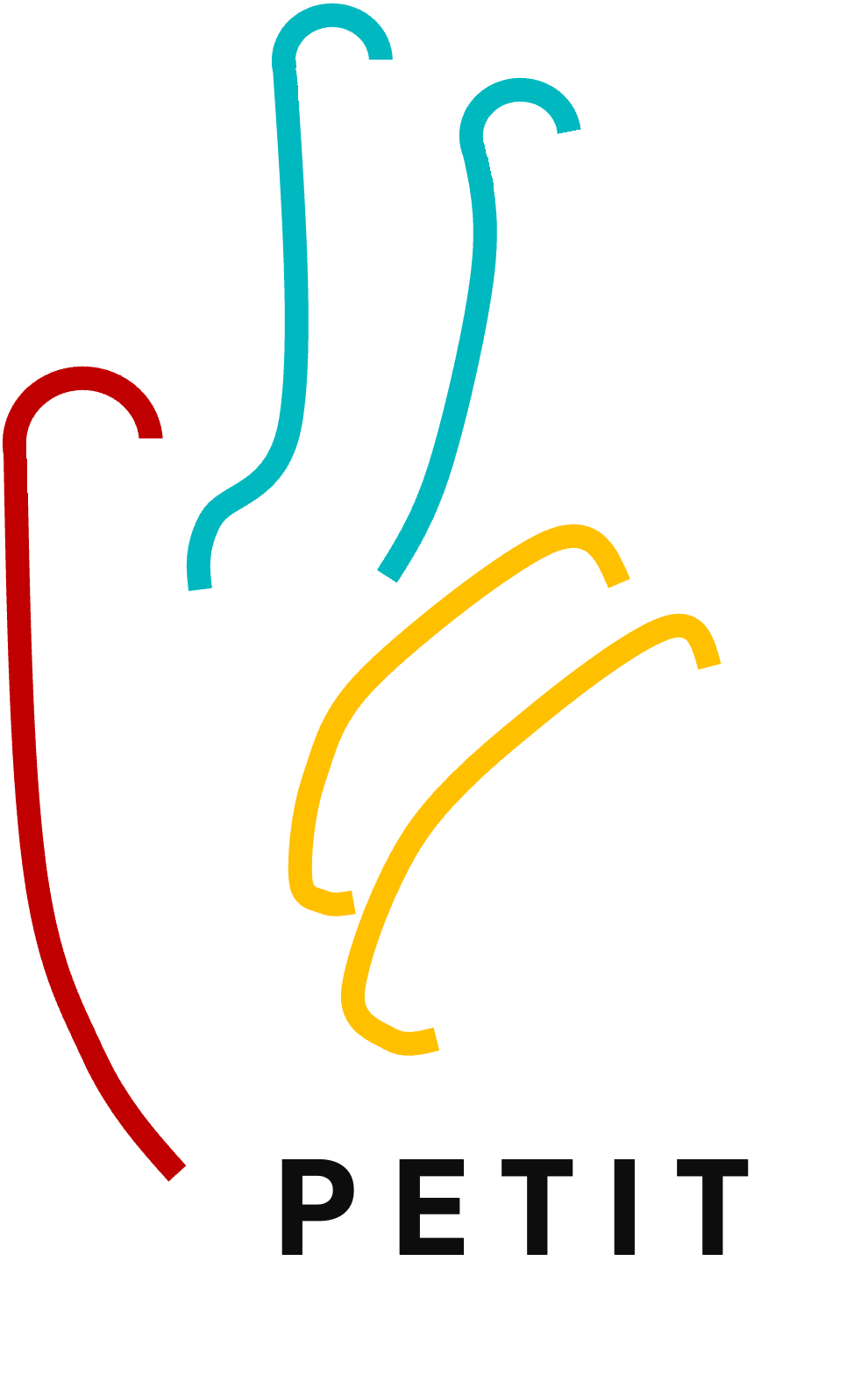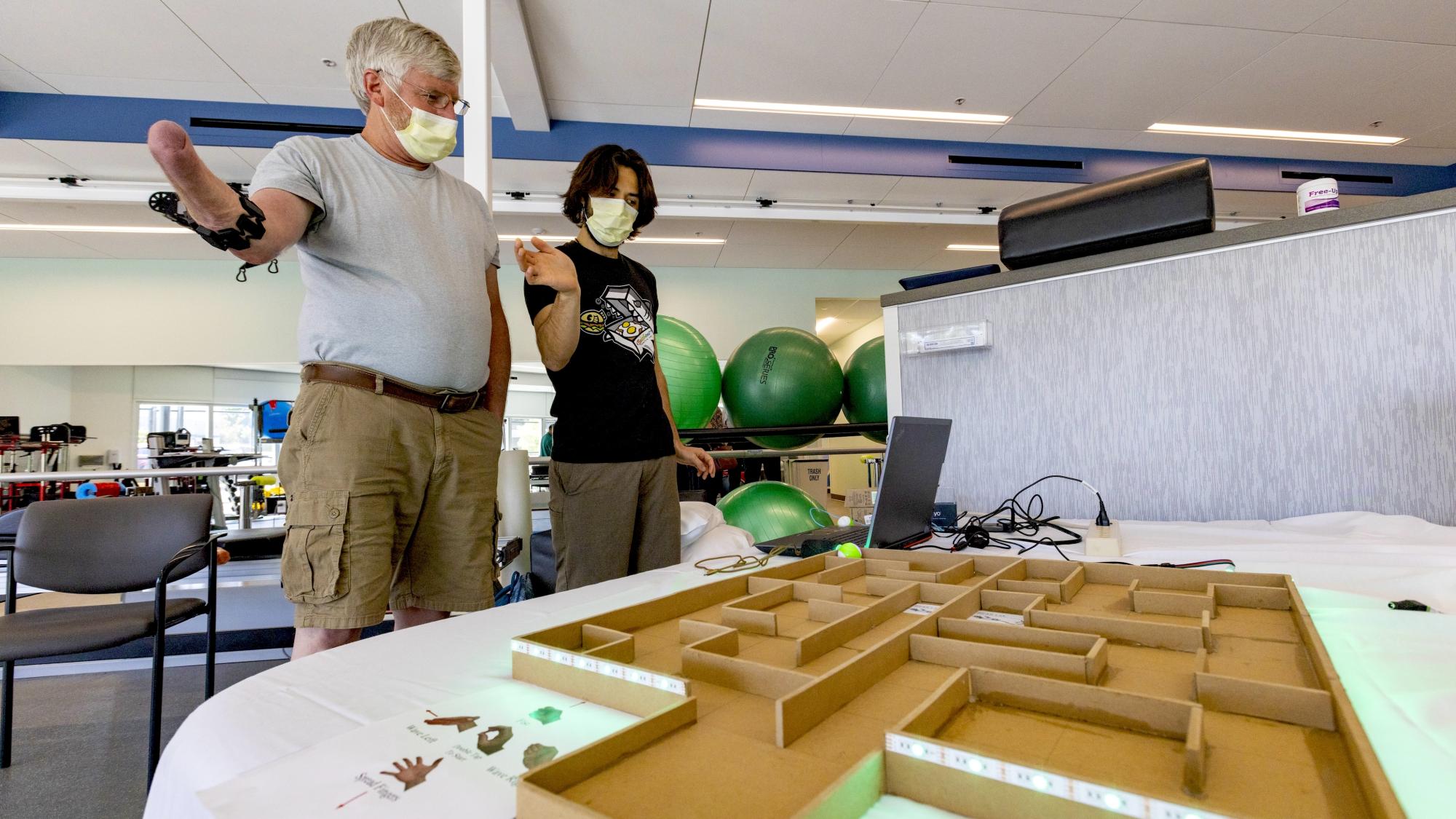Combining Technology, Medicine, and Surgery
We are a multidisciplinary consortium here at UC Davis with backgrounds in
Our unified goal is to help our limb loss patients attain prosthesis embodiment: the consideration of a prosthesis not simply as an assistive device, but instead as a part of the patient's self and identity.
The Rubber Hand Illusion, first described by Botvinik and Cohen in 1998, is the classical illustration of prosthesis embodiment.
There are three mechanisms thought to contribute towards prosthesis embodiment:
- Agency - perception that the patient authors the actions of the prosthesis
- Self-location - perception that the prosthesis' physical presence corresponds to the previous native limb
- Ownership - perception that the prosthesis visually and sensorily belongs to the patient.
Through three proposed surgical approaches combined with rehabilitative medicine, therapy and technology, these three mechanisms can be achieved, respectively:
- Targeted Muscle Reinnervation - re-routing amputated nerves into redundant motor branches, reducing phantom limb pain, and increasing signal diversity and intuitiveness of prosthesis control
- Osseointegration - creating a direct connection between prosthesis and bone, allowing for a greater degree of prosthetic proprioception
- Sensory Enhancement - re-routing the sensory components of amputated nerves into native sensory elements of the residual limb (Targeted Sensory Reinnervation) versus implantation of peripheral nerve stimulating devices to allow a prosthesis to detect and convey sensory information back to the patient.
In combination, these three components are critical in the eventual creation of a bidirectional and embodied bionic limb.

